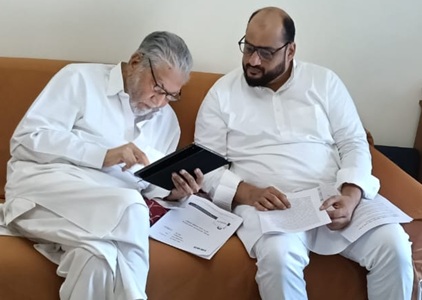Global oil prices tumbled on Monday, after US and Russian officials reached a weekend deal to remove Syria’s chemical weapons, easing investor worries.
Reports that Iran’s new atomic energy chief said his country wanted to settle a decade-old nuclear dispute with the West also pressured oil prices.
“The market is clearly taking out the risk premium it had afforded to the potential of military action” on Syria, said Andy Lebow, vice president at Jefferies Bache in New York, who also cited the Iran news as a factor pulling Brent down.
US President Barack Obama said he would retain the military option if Damascus fails to follow a UN disarmament plan drawn up by Washington and Moscow.
Brent crude for delivery in November fell by $1.55 to $110.15 by 11:17 a.m. EDT (1517 GMT), paring losses after dropping $3 to hit $108.73, its weakest level since Aug. 12.
US oil for October delivery was trading down $1.12 a barrel at $107.09 after hitting a low of $106.10 earlier in the session.
Brent’s premium over US crude narrowed to $3.06. During the session, it sank as low as $2.94, the smallest since Aug. 20.
Brent crude has fallen by $7 since reaching a six-month high of $117.34 a barrel in late August amid worries about a possible US military strike against Syria and unrest in Libya that sent production there to a post-war low of 150,000 barrels per day.
On Monday, a spokesman for Libyan protesters denied Libyan media reports that striking workers in the east of the country had reached a deal to reopen export terminals.
The decline in oil prices despite a weak dollar, which usually makes bolsters oil prices which are denominated in the US currency. The dollar hovered near a near four-week low after former US Treasury Secretary Lawrence Summers withdrew his name as a candidate to lead the Federal Reserve.
Markets perceive Summers as relatively hawkish, and his withdrawal suggests there will be a more gradual approach to tightening monetary policy.
“The Larry Summers story shows you how dependent we are on our monetary policy, and how hard it’s going to be to get off that,” said Phil Flynn, an analyst at the Price Futures Group in Chicago, Illinois.
US industrial production rose in August as a bounce back in motor vehicle assembly lifted manufacturing output, a hopeful sign for the economy after growth got off to a slow start in the third quarter.
“The industrial production number brought us back up on the demand side a little bit,” added Flynn.
The Federal Open Market Committee is meeting for two days beginning on Tuesday with expectations high that policymakers will decide to reduce the monthly $85-billion bond purchases as they begin to end the era of cheap money that has boosted fund flows into commodities.






0 Comments